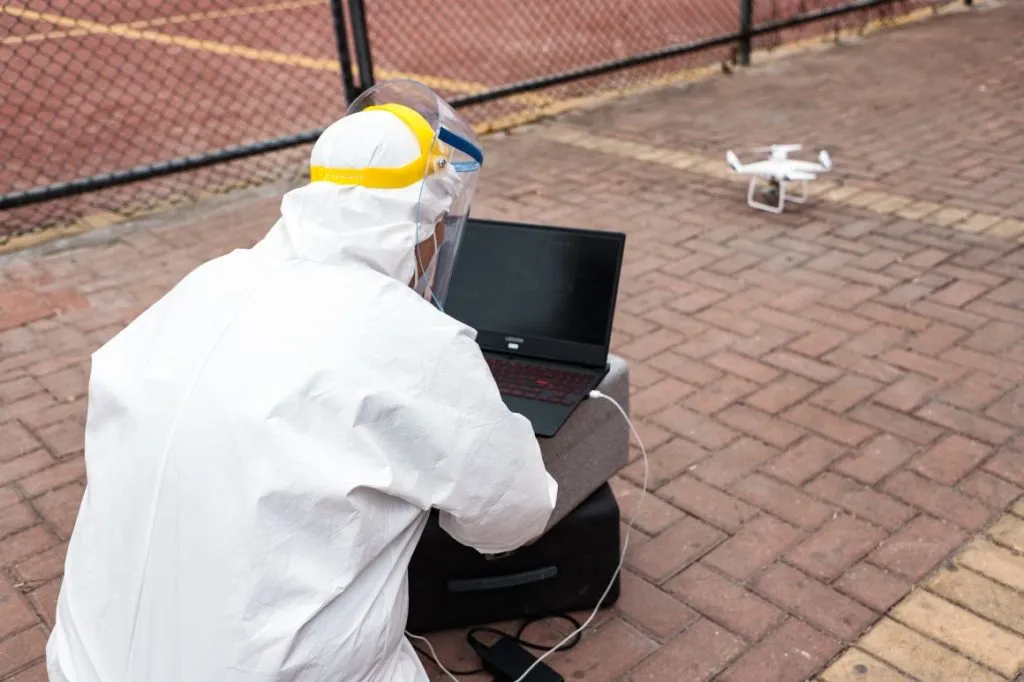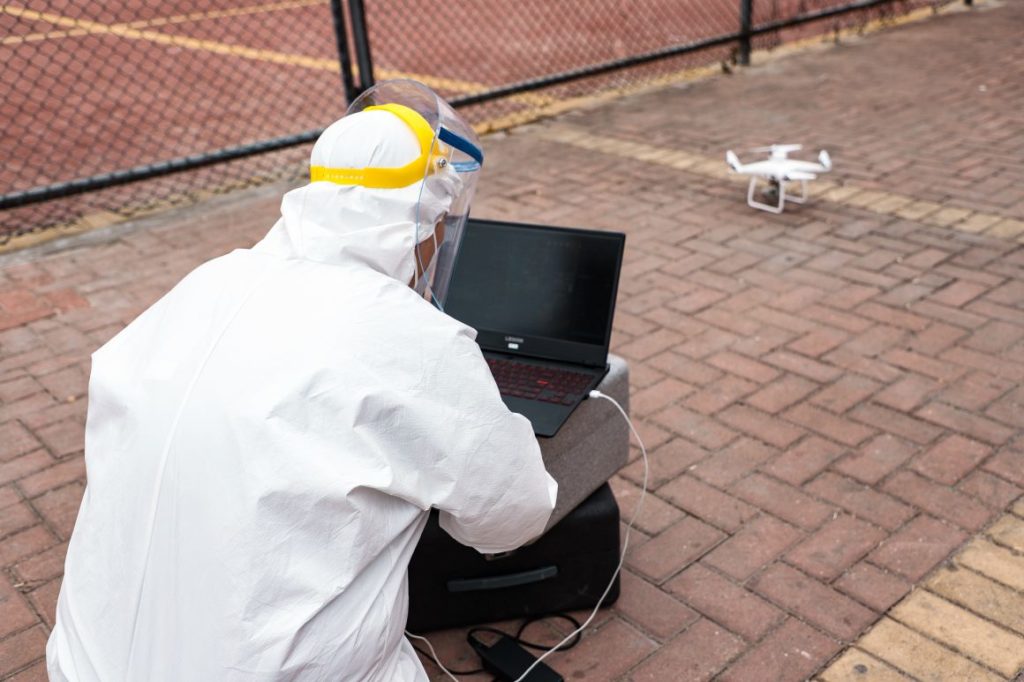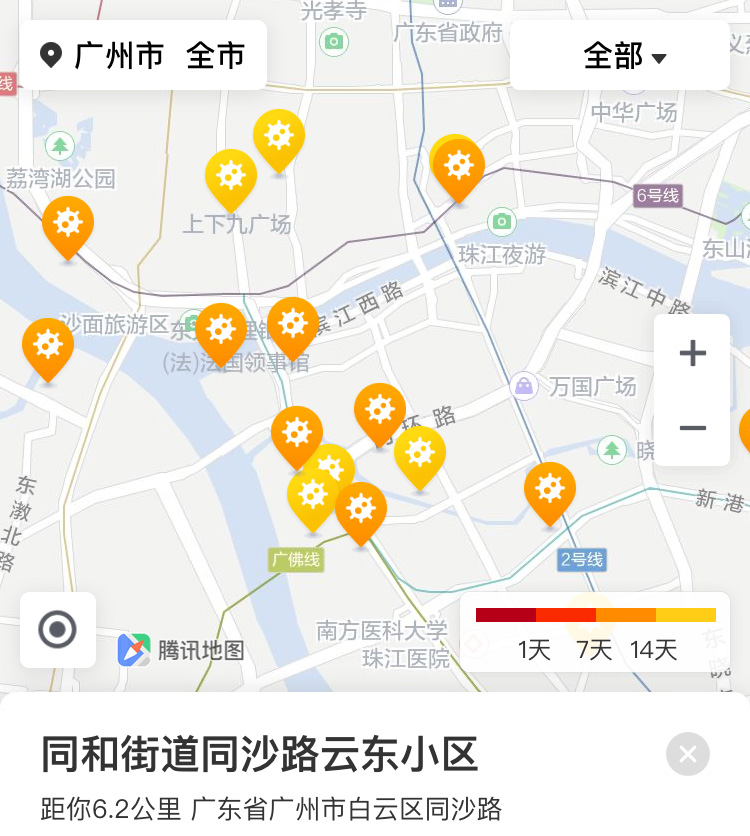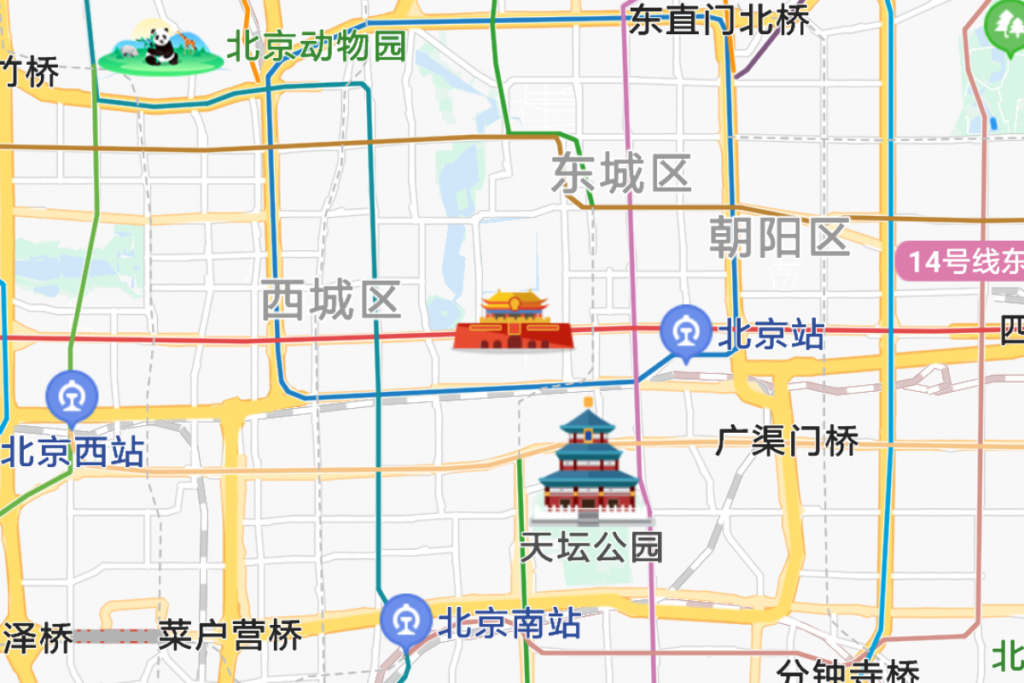
Esri’s free new course on location data analytics begins Feb 26

Location intelligence giant Esri kicked off 2020 with the announcement of a new massive open online course (MOOC) focusing on spatial data science. The six-week course, titled ‘Spatial Data Science: The New Frontier in Analytics’, aims to help participants understand how location data helps uncover hidden patterns and improve predictive modeling. Esri will provide access to ArcGIS Pro, ArcGIS Online, and ArcGIS Notebooks during the course which will be available on the Esri Training website from February 26 – April 9, 2020.
What to Expect
You will learn the what, how, and why of spatial data science, with each section focusing on specific topics and applications such as data engineering and visualization, suitability modeling, pattern detection, space-time pattern mining, and object detection with deep learning. You can study at your own schedule; no online meetings are required.
The final section of the course will be all about sharing and communicating the results effectively. This means you will be taught how to use ArcGIS StoryMaps to craft visually appealing and information-rich narratives that resonate with the stakeholders.
Throughout the course duration, you can expect video presentations by Esri experts, discussion forums, and hands-on software exercises.
Requirements
You must have broadband Internet connection and a web browser that allows access to PDF files and embedded video files. Running ArcGIS Pro would also require some minimum hardware and software requirements, which you can check here.
Further, if you have a background in statistics, data science, and Python, you may find things easier to grasp. That said, these skills are not mandatory and Esri encourages anyone with an interest in exploring technology hot topics and learning the latest analytical capabilities of location intelligence software to participate.
All participants, who finish the course, will receive a certificate of completion. For more details and registration, click here.









